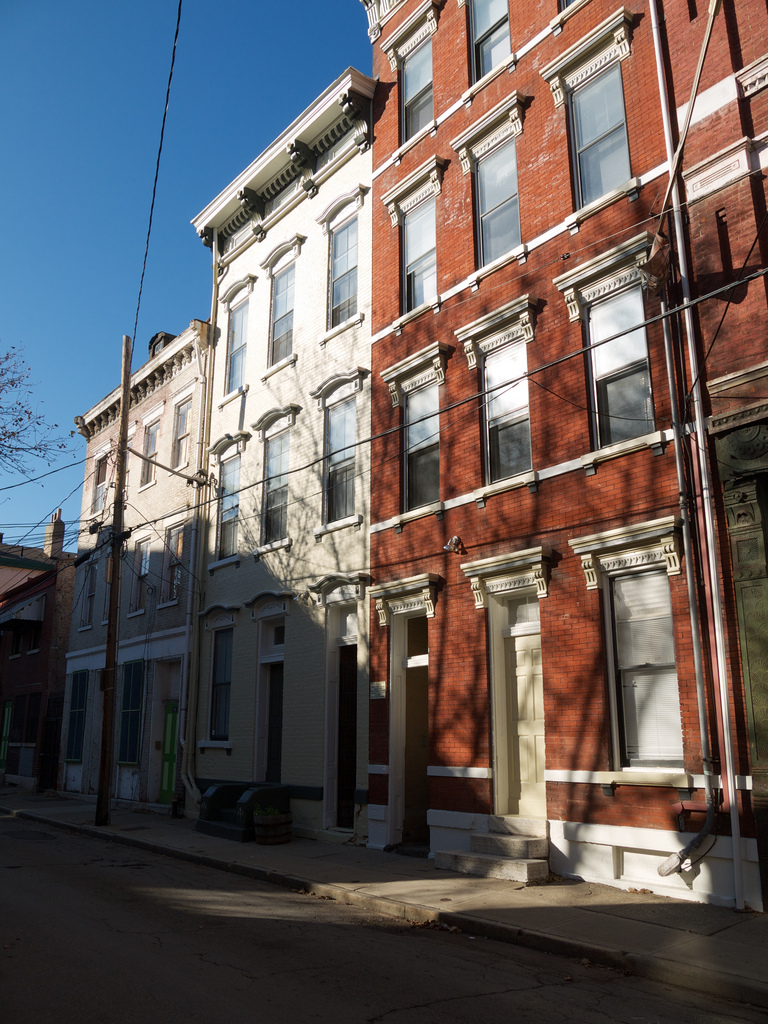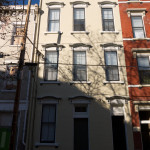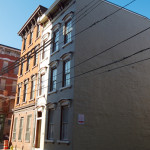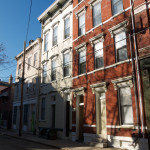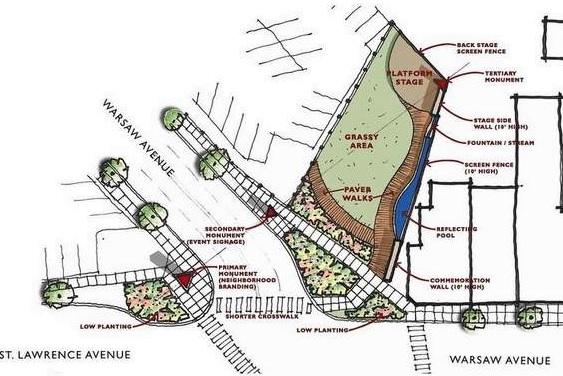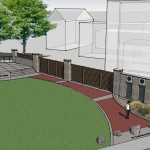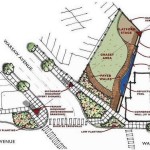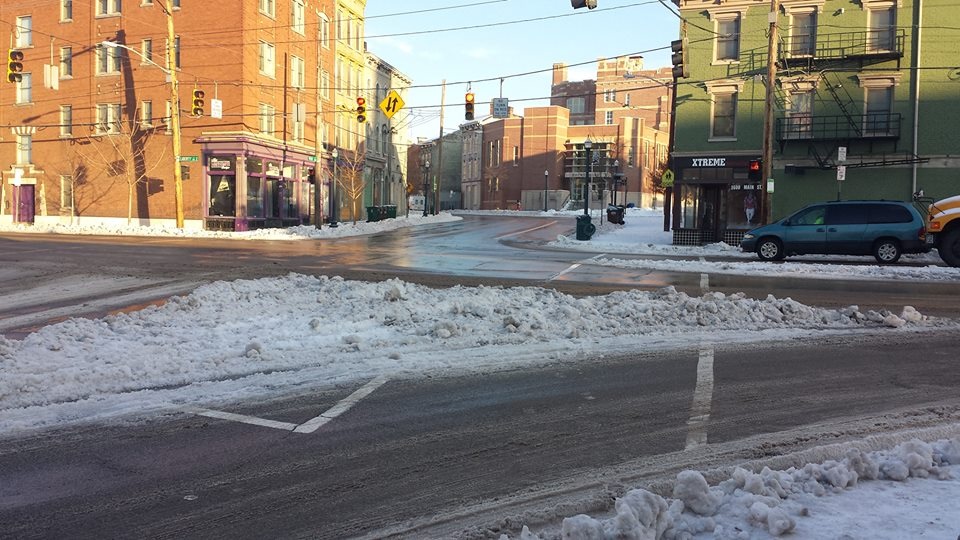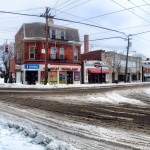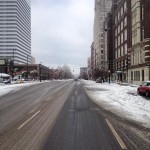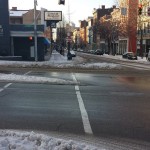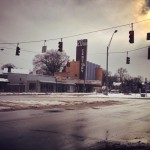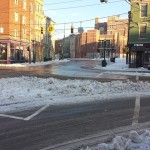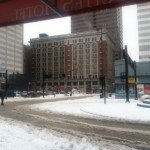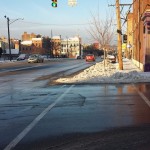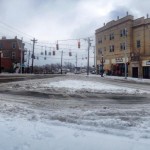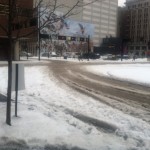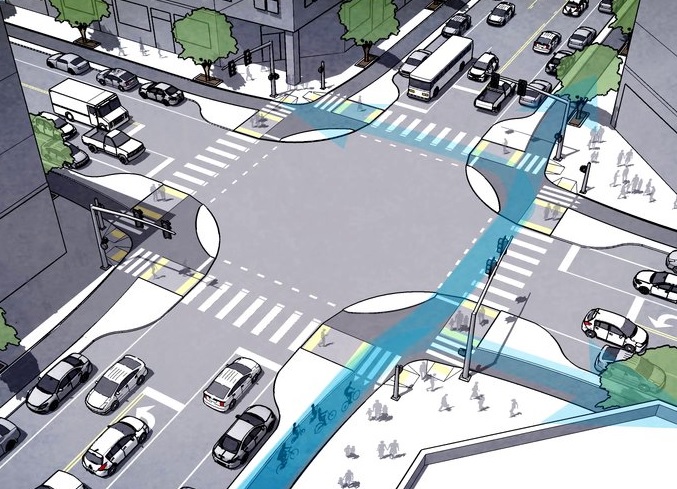Aside from buying the latest condominiums available through 3CDC, owning a home in historic Over-the-Rhine can be a challenge. Many buildings that are not already occupied are typically abandoned and some are in dire condition of falling apart.
There have been plenty of people who have taken on the task to rehab abandoned buildings only to find that they may have taken on too much. The Over-the-Rhine Foundation is hoping that a new workshop will help those interested in rehabbing historic buildings make the connections, get the information and understand the potential challenges involved with such a process.
Beginning in April, the Over-the-Rhine Foundation is launching a series of three workshops geared towards addressing these challenges. Organizers say that boosting home ownership rates is one of the major goals of the foundation.
“We as a foundation are committed to revitalizing the diverse OTR neighborhood, and a key objective is building community by encouraging and promoting owner-occupied development,” Kevin Pape, President of the Over-the-Rhine Foundation, said in a prepared statement.
Pape says that the three-part series will begin with an overview of the scope of rehabbing property in the 19th century neighborhood. That first session will end with an optional walking tour of rehabbed properties, while the second and third sessions will provide a more in-depth look at the process of rehab and financing.
“These workshops will help individuals gain access to the resources, expertise, and development tools needed to ensure the success of their community investments,” Pape continued.
Registration for all three workshops is $35 until April 4, when the registration fee will then increase to $50. The sessions will take place at the Art Academy of Cincinnati (map) and will occur on Saturday, April 12, May 10 and June 14. Those interested can currently register on the Over-the-Rhine Foundation’s website.
All photographs by Travis Estell for UrbanCincy.
